Late yesterday, amid a cruise missile attack focused on the southeastern Ukrainian city of Dnipro, Russia launched a large ballistic missile that successfully struck what Russia claims are manufacturing complexes for the Ukrainian defense industry. Kyiv has claimed this missile was an ICBM, which would represent a serious escalation in the kind of weapons Russia is willing to use in the ongoing war. American officials have told news outlets that the missile in question was not an ICMB but rather a medium-range ballistic missile with a range under 3500 miles (the threshold for a missile to be considered intercontinental). In an official press release, Putin stated that the missile was an experimental medium-range ballistic missile dubbed "Oreshnik", which translates to "Hazel Tree". The strike comes amid significant rises in tension regarding the war, as many are unsure about both the Ukrainian and Russian ability to maintain the current pace of operations. The US evacuated their embassy in Kiev a day before, signaling that the US had prior intelligence regarding the strike.
The Oreshnik is likely a modified version of the RS-26 Rubezh missile, and the Rubezh itself is an upgraded version of the Topol-M ICBM. While the Rubezh is classified as an intermediate-range ballistic missile (IRBM), its range would allow it to strike anywhere in Europe. All of these missiles use a payload consisting of multiple independently targetable reentry vehicles (MIRV) that split into multiple warheads while descending at speeds over Mach 5, making interception by air defense systems especially difficult. While this type of missile is often called hypersonic, this designation is somewhat misleading as most ballistic missiles are capable of reaching hypersonic speeds (a modified German V-2 rocket reached hypersonic speeds in 1949). The missile launched last night reportedly originated from the Astrakhan region of Russia. Astrakhan, which sits near the border with Kazakhstan, is the home of the Kapustin Yar rocket complex, but the exact launch site of the missile is currently unknown.
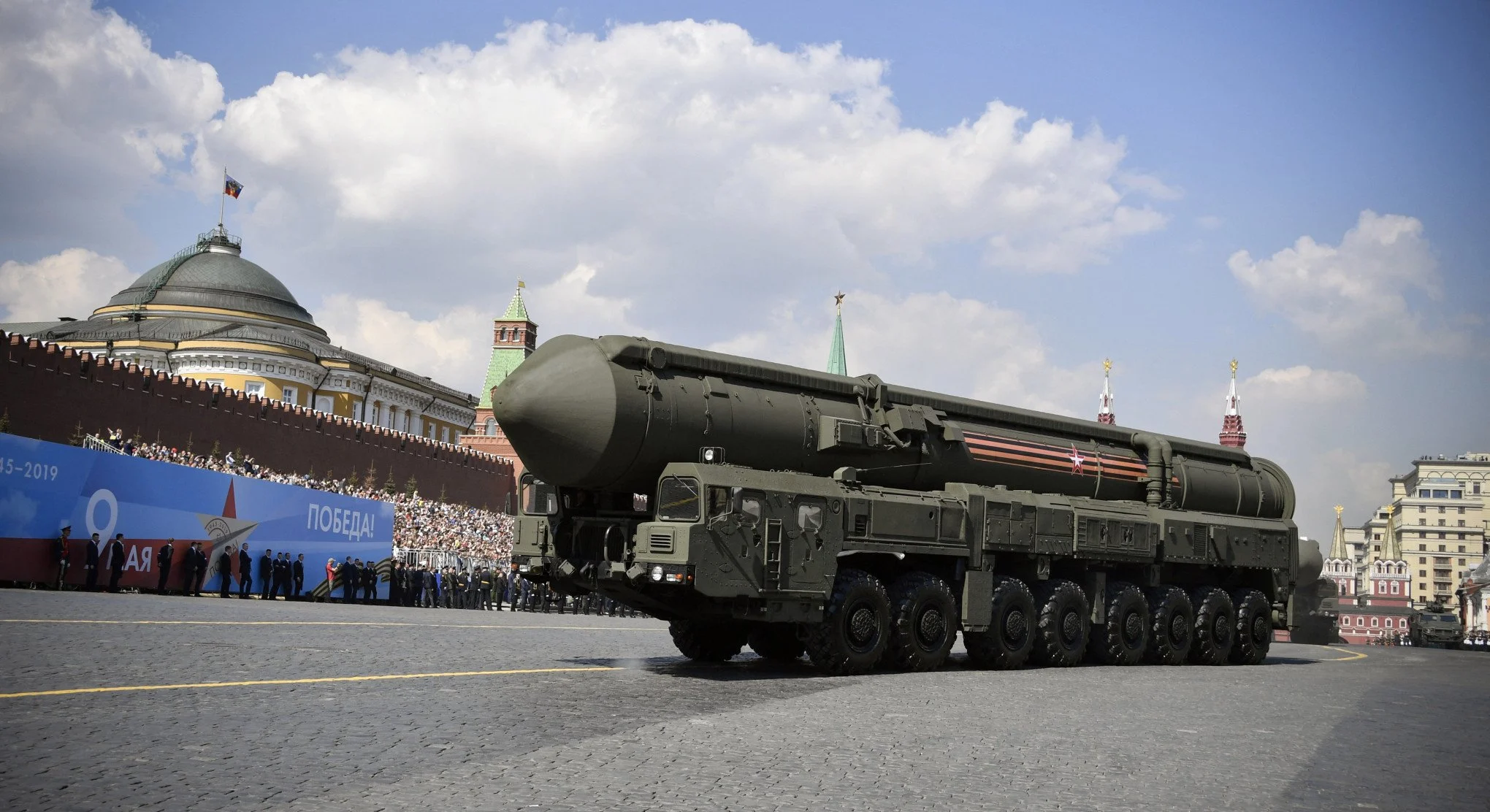
The decision by Putin to use this type of weapon in Ukraine is a direct response to the recent change in US policy to allow for the use of American-supplied weapons within Russian territory. Recent strikes by Ukraine have utilized the ATACMS and Storm Shadow missiles to target Russian logistics sites. These strikes on targets within Russian territory have been deemed a serious escalation by the Russian state. In response, Putin recently changed Russian nuclear doctrine to allow for a nuclear response to ballistic missile attacks on Russian territory. Last night's strike was likely carried out with the goal of reaffirming Russian seriousness to respond with increasing force in response to continued western support of Ukraine, as well as stoking nuclear anxiety in the West. The distinction between an ICMB and an IRBM in this case is largely arbitrary, as both types of missiles have the capability to be used in a nuclear attack. Using this type of weapon in a conventional attack is unlikely to deliver significant effects, as they are designed to deliver a nuclear payload where accuracy is of little concern. The intended target was probably the Yuzhmash industrial complex located in Dnipro, which manufactures weapons for Ukraine. Kyiv will likely frame this escalation as a serious threat to European security, while the US will downplay it in an attempt to manage escalation.
Ballistic missiles represent a daunting challenge for Ukrainian air defense, as their high rate of speed means that only a limited amount of US-supplied Patriot batteries have a reasonable chance of intercepting them. This attack comes at a time when states face growing anxiety over ballistic missile attacks after their use by Iran against Israel. While Israel benefits from direct US help in intercepting missiles, as well as a sophisticated integrated air defense network, Ukraine lacks the capabilities needed for reliable interception. The coming weeks will see a range of responses to this escalation by Europe, the US, and Ukraine, and it is unclear if Russia will carry out this type of attack again.


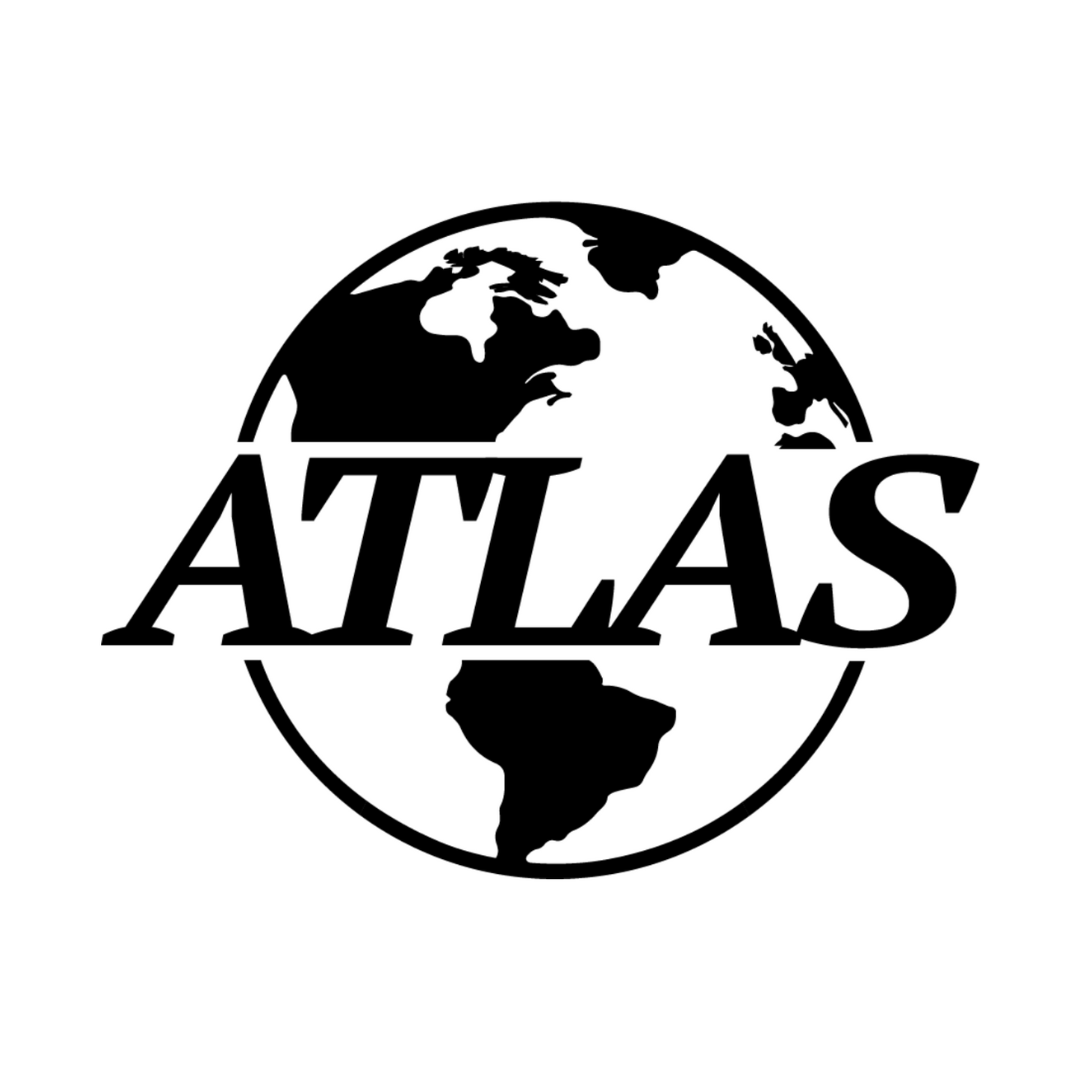

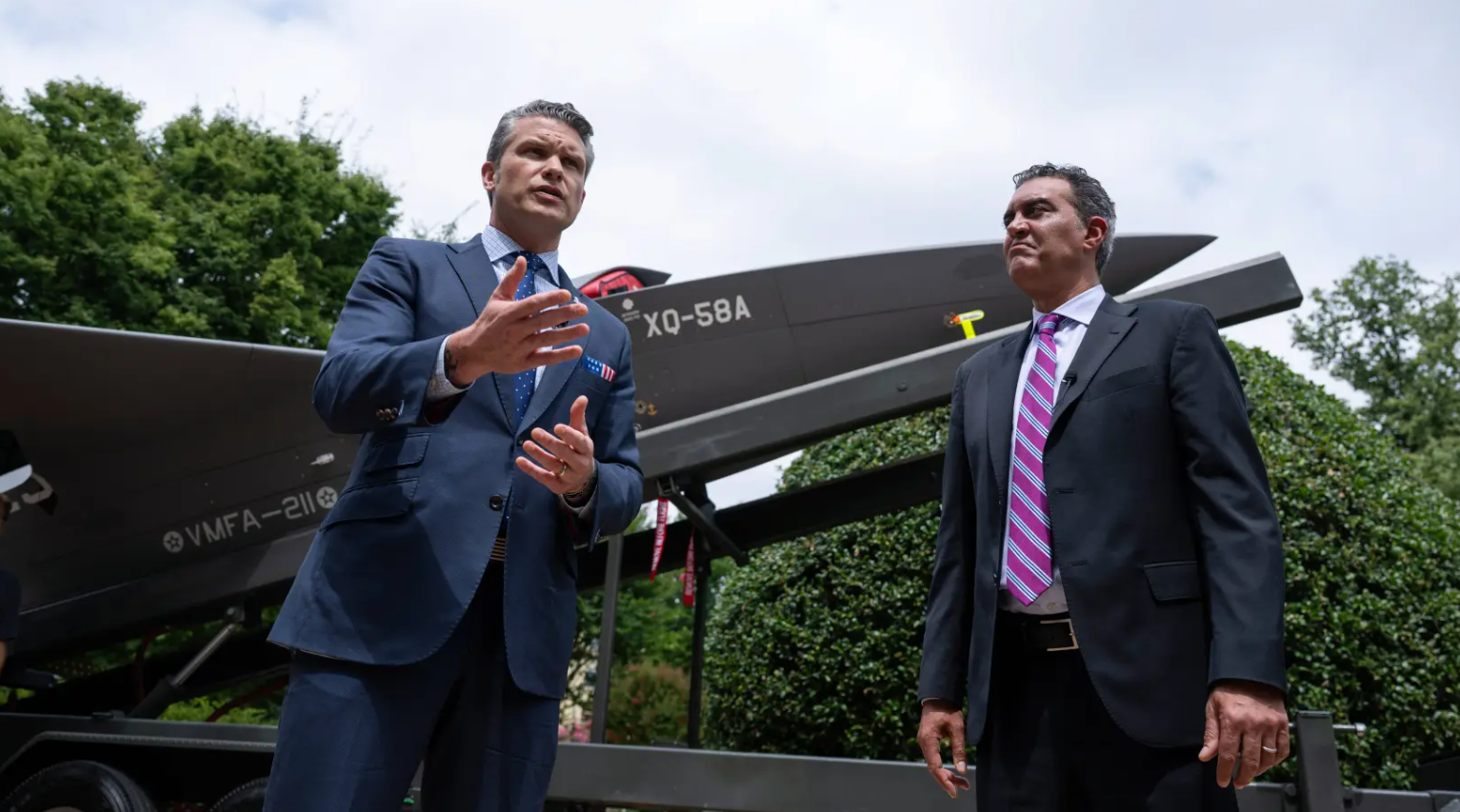



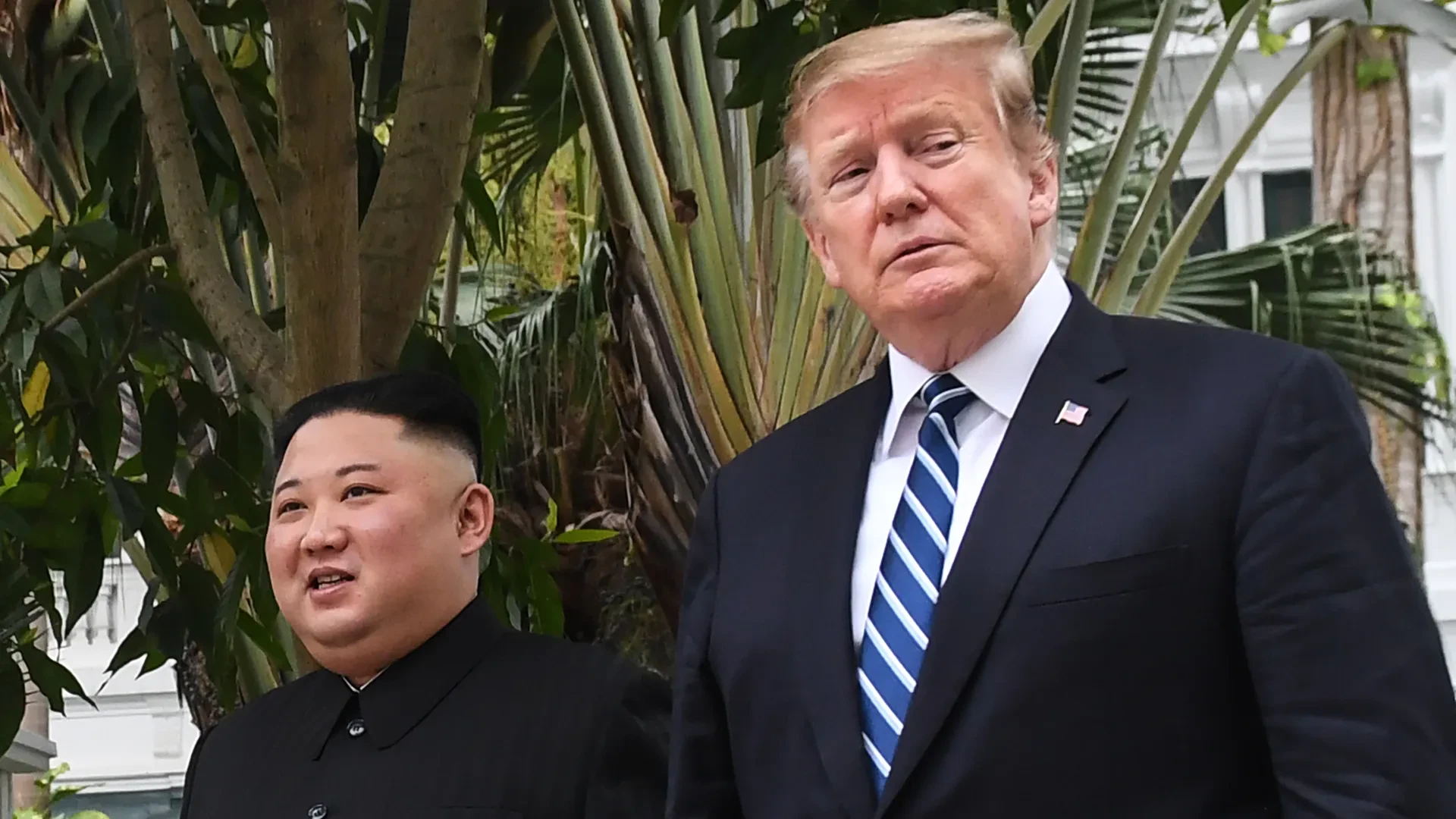
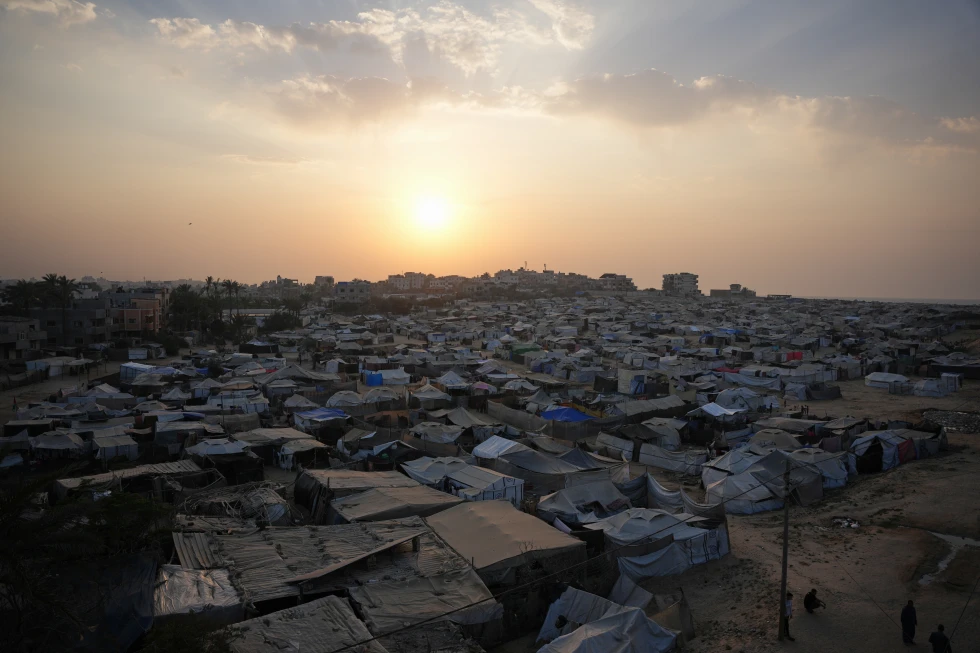

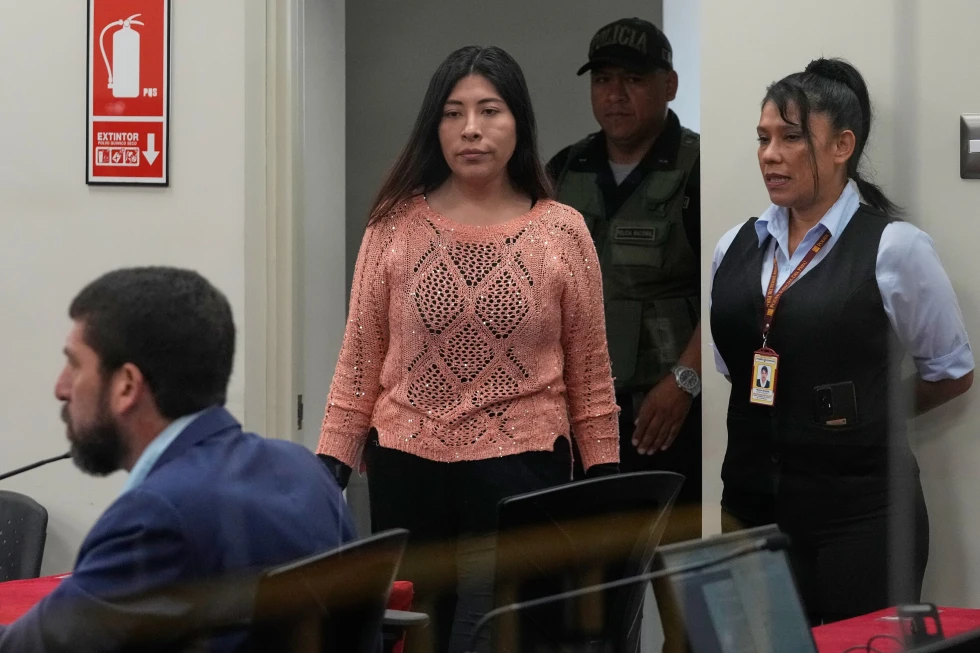
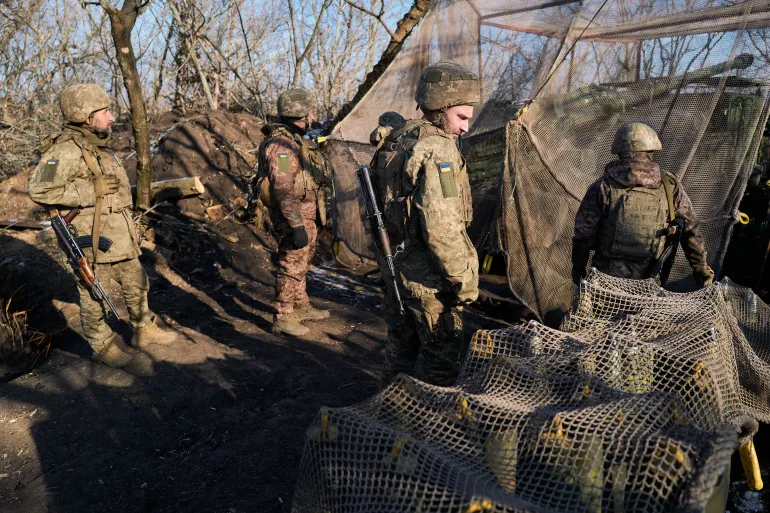

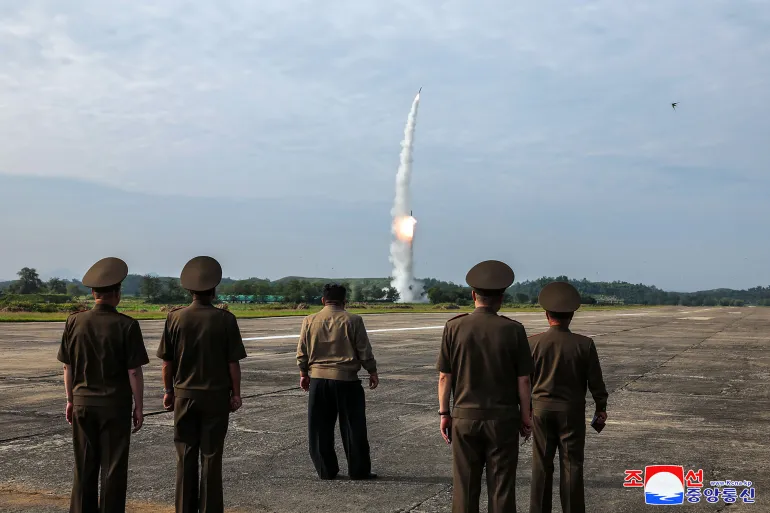

Discussion